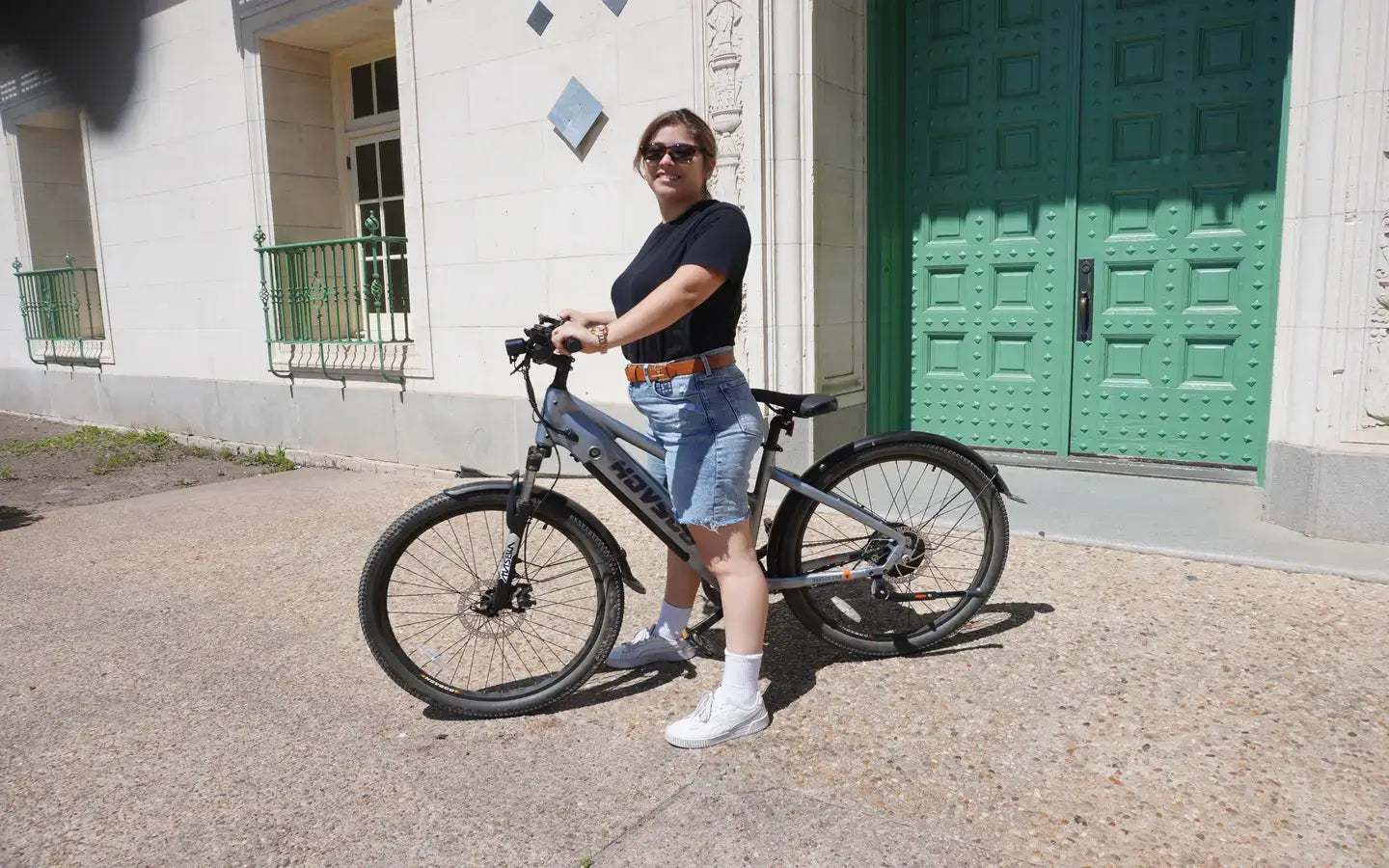
- by LiuJiazhu
How Do Electric Cruiser Bike Batteries Maintain Longevity?
- by LiuJiazhu
Electric cruiser bike batteries maintain longevity by avoiding overcharging, using manufacturer-aligned charging parameters, and optimizing charging habits. Key strategies include avoiding full discharges, maintaining 20-30% charge before recharging, and prioritizing slow charging. Temperature management and regular voltage checks further prevent premature degradation, ensuring batteries achieve their full lifespan potential.
Overcharging triggers irreversible chemical degradation by exceeding voltage thresholds that damage lithium-ion cell structures. Most factory charging profiles prioritize speed over safety, creating cumulative stress that accelerates capacity loss.
Lithium-ion batteries operate within strict voltage parameters—typically 3.0V-4.2V per cell. Chargers using aggressive factory profiles often push cells to 4.25V+ during bulk charging phases, creating oxidative stress at the cathode. This causes metallic lithium plating on the anode, permanently reducing ion storage capacity.
Pro Tip: Use a voltmeter monthly to verify charging cutoff voltage matches your battery's spec sheet. For example, a 48V system should never exceed 54.6V during charging. Transitional phrases help connect concepts: Beyond voltage considerations, temperature plays a crucial role. A battery charged at 0°C suffers 30% more plating damage than one charged at 25°C, yet many users charge immediately after winter rides. Practically speaking, this explains why batteries fail faster in cold climates despite lower usage cycles.
Partial charging cycles preserve lithium-ion health better than full discharges. Maintaining 20-80% charge range reduces electrolyte decomposition compared to 0-100% cycles.
Depth of Discharge (DoD) directly correlates with battery stress—50% DoD cycles offer 1,200+ cycles vs. 300 cycles at 100% DoD. Charging frequency matters too: Waiting until 30% remaining charge before recharging minimizes crystalline growth on electrodes.
Pro Tip: Implement ABC charging—Always Be Charging—by topping up after every ride, even for short durations. Real-world analogy: Treat batteries like human muscles—frequent moderate "exercise" (partial cycles) maintains health better than occasional extreme strain (full discharges). Transitional insight: While partial charging helps, voltage calibration requires occasional full cycles. Experts recommend full discharge/charge every 3 months to reset battery management system (BMS) readings.
| Charging Habit | Cycle Life | Capacity Retention |
|---|---|---|
| 100% DoD | 300 cycles | 60% at 1 year |
| 50% DoD | 1,200 cycles | 80% at 3 years |
Temperature extremes and moisture infiltration are primary environmental destroyers. Batteries lose 30% capacity annually when stored at 40°C vs. 4% at 25°C.
Lithium-ion chemistry suffers dual thermal threats: High temps accelerate electrolyte evaporation, while sub-zero charging causes lithium plating. The optimal storage range is 10-25°C with 30-60% humidity.
Pro Tip: Insulate battery compartments during winter rides and avoid direct sunlight exposure. For example, a cruiser bike left in summer sun can reach 60°C internally—enough to warp electrode layers. Transitional note: Beyond temperature, vibration damage often goes unnoticed. Loose battery mounts create micro-shorts in cell connections, increasing internal resistance by 15% annually.
Monthly voltage balancing and terminal cleaning prevent premature failure. Dirty terminals increase resistance, forcing BMS to work harder and overheat components.
Use dielectric grease on connectors to prevent corrosion—a major cause of voltage imbalance in multi-cell packs. Balance charging every 45 days ensures no single cell exceeds 4.15V.
Pro Tip: Record monthly resting voltage (measured 2 hours post-charge) to track degradation patterns. A 48V pack dropping below 46V indicates imminent failure. Real-world comparison: Battery maintenance resembles dental care—consistent small efforts prevent catastrophic failures.
Mismatched chargers override BMS protections, delivering incorrect voltage/amperage that accelerates wear. A 2A charger preserves cells better than rapid 5A units.
Charger specifications must align on three fronts: Voltage tolerance (±0.5V), current ripple (<300mV), and temperature compensation (3mV/°C/cell). Aftermarket "fast" chargers often skip these safeguards—testing shows they degrade cells 40% faster.
Pro Tip: Verify charger output with a multimeter—a "54.6V" charger actually outputting 55.2V can shave months off battery life. Transitional warning: While third-party chargers may physically fit, their charge algorithms rarely match OEM firmware parameters.
| Charger Type | Cycle Life Impact | Charge Time |
|---|---|---|
| OEM 2A | 1,200 cycles | 6 hours |
| Fast 5A | 700 cycles | 2.5 hours |
No—unplug once fully charged. Modern BMS systems help prevent overcharging, but extended trickle charging still degrades cells over time.
Can I use a car battery charger for my e-bike?Absolutely not—automotive chargers use incompatible voltage curves that will permanently damage lithium-ion cells within 3-5 charges.
How often should I do a full discharge cycle?Every 3 months—this recalibrates the BMS without causing significant cell stress, maintaining accurate charge indicators.
Share:
What Distinguishes Electric Cruiser Bikes From Traditional Cruiser Bikes?